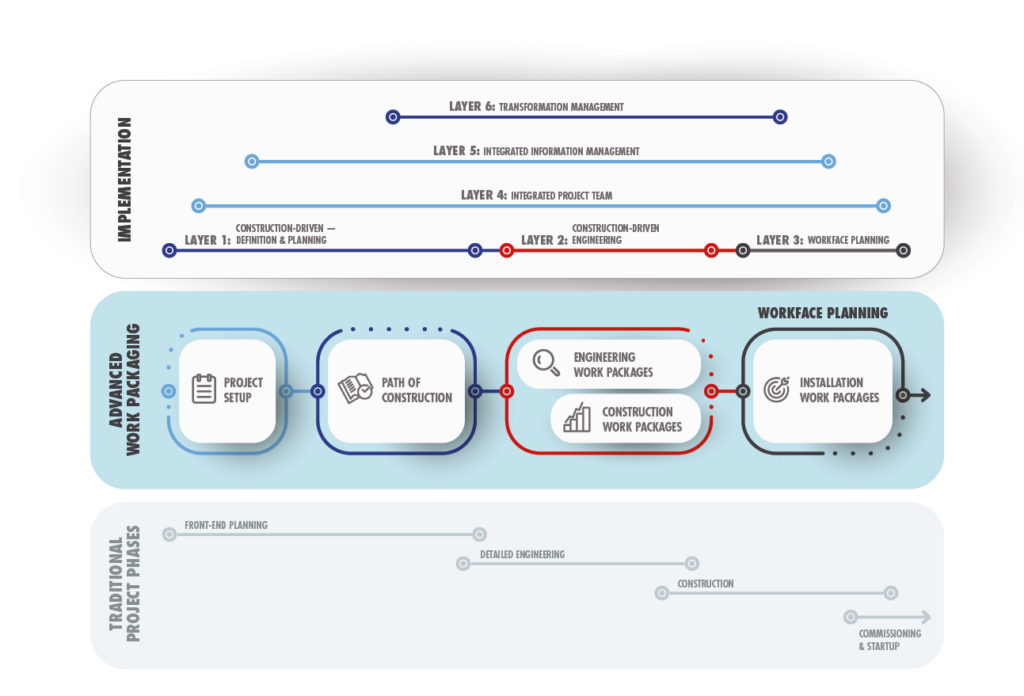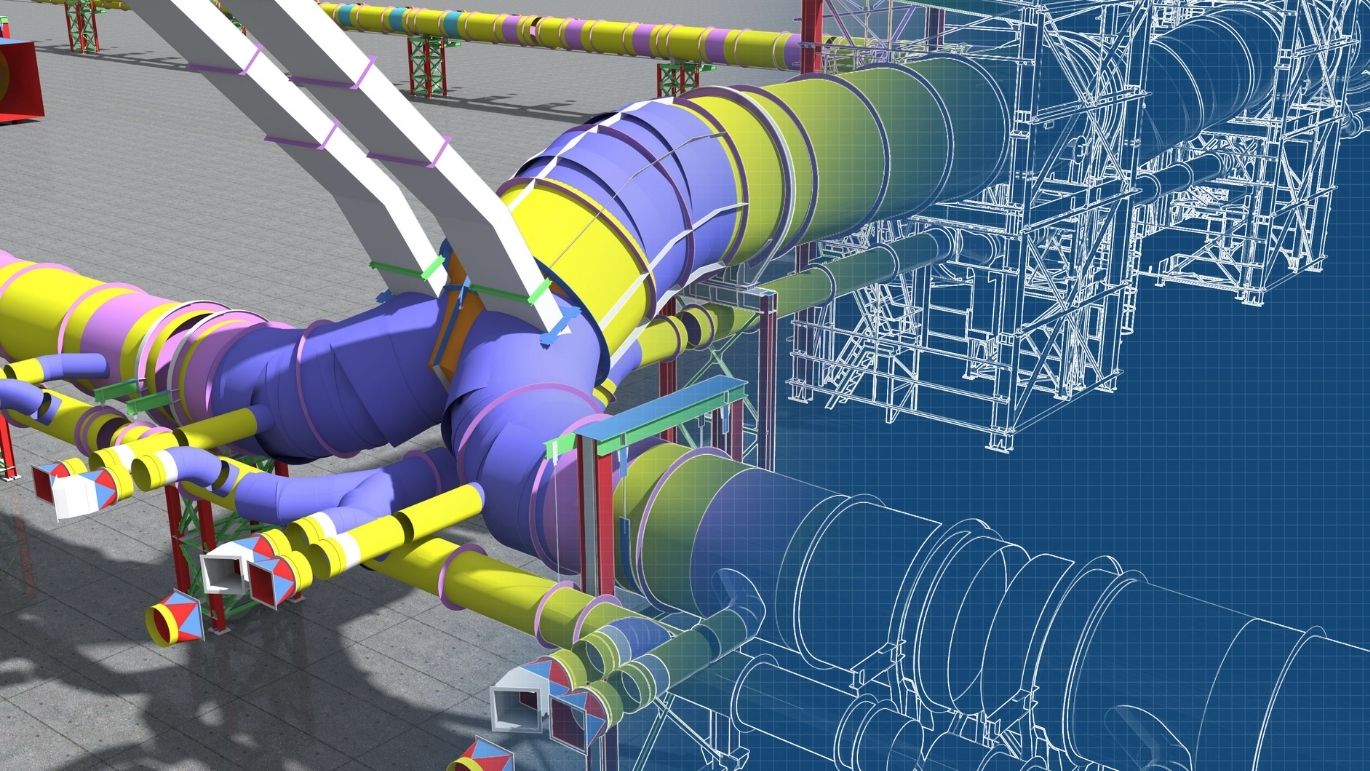The team with the best information wins: How to collect, organize and leverage data to support predictable project delivery

Andrew Foy is a Construction Industry professional with 15 years of capital project experience in the oil and gas sector. He gained 10 years experience as a Project Manager, executing capital projects in Canada, to understand all facets of project delivery working for large Construction contractors. He then transitioned to a full-time AWP Manager role in 2015, spending five years establishing AWP programs for three large downstream organizations, covering projects ranging from $100 million to several billion. Most recently, he has been the lead instructor in the Concord® Academy.
Data floods into modern capital projects like tributaries to a mighty river. It comes from multiple sources, in countless formats, designed for myriad purposes, and it never stops. Traditionally this data was held in departmental silos, but Advanced Work Packaging has opened the floodgates. Today, one of the biggest challenges facing capital project teams is the development of effective systems to collect, organize and leverage data to support on-time, on-budget project delivery. That’s what Layer 6: Integrated Information Management is all about.
Consider the 3D model. Just a decade ago, a 3D model was a single-purpose visualization tool used exclusively in the engineering phase of a capital project. Today it serves as a vital management tool through the entire project lifecycle, used to animate the Path of Construction, for graphical work packaging in the field, and for status visualizations at each stage of construction. It can be a powerful communication tool if it’s set up properly — and therein lies the challenge.
The 3D model alone contains a massive amount of engineering data, telling us where each component is located, what work package it’s in, what material it’s made of, how much it weighs, and so on. If we want to use the engineering model to display the Path of Construction, we must layer in the relevant construction data by linking the two datasets together. This is usually done with a “join key,” a column of data that is the same in both tables. Establishing the join key and related data collection and sharing protocols requires an extraordinarily high level of integrated information management. Most capital project teams aren’t there yet, but those that have invested in Layer 6 reap great rewards.
What are the benefits of Integrated Information Management?
Effective data and information management provides unrivalled visibility, which in turn supports accountability and drives predictability. Status visualization provides an accurate picture of project progress at a glance — no more digging through spreadsheets and drawings, calculating percentages, and sticking your thumb in the air.
With a fully integrated information management system, project managers have full insight into team and contractor deliverables, which improves accountability across the board. With improved visibility and comprehensive, granular detail, leaders can see when the project is going off the rails and can take action to correct the problem before it becomes a crisis. A data-rich model can even help maximize on-tool time.

4 Signs You Need to Invest in Integrated Information Management
Most capital project organizations can benefit from improved information management practices. Advanced Work Packaging has swiftly emerged as the most effective way to deliver predictable, on-time, on-budget projects, and our knowledge management systems have only begun to catch up. Here are four signs it’s time to overhaul your systems:
1 | You’re still planning your project the old-fashioned way, with stacks of drawings on your desk and dozens of spreadsheets on your computer.
2 | You can’t accurately assess your progress and you don’t know when your project is going off the rails.
3 | You don’t have a system map. You haven’t identified which tool needs what information and who needs to share what data which whom, and when. Your systems don’t talk to one another.
4 | Project management feels like doing a jigsaw puzzle with no picture on it: You can see the shapes and you know they all fit together, but putting it together is all trial and error.
If this sounds familiar and you’re interested in learning more about how to apply Integrated Information Management principles to your projects, the Concord® team is standing by to help. Contact us today.





